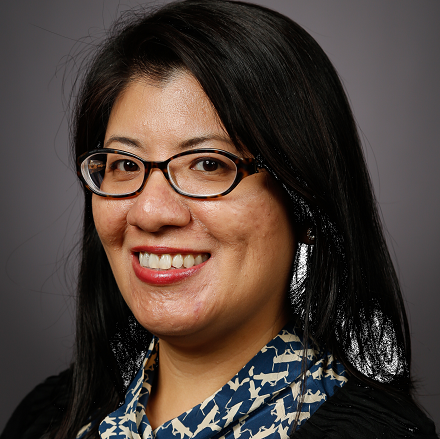
In the News
Healthcare and Equity Challenges in Rural America: A Closer Look at Telehealth
- The Daily Yonder
-
Focus Areas
Health Care & Population Health -
Issues
Technology & Telehealth -
Expertise
Public Policy Advocacy -
Programs
Center for Connected Health Policy

“Chronic health conditions and distance to medical services mean rural residents need more healthcare specialists and better telehealth. But they are less likely than urban areas to get it. In Hawaii, California, and North Carolina, communities look at ways to change that equation.
Eyal Kedar didn’t start out in rural healthcare. He spent several years working in a big city before eventually realizing he wanted to become a generalized specialist in rheumatology, a branch of medicine that treats inflammatory or infectious conditions of the joints and other parts of the skeletal system.
“I felt that the best way to do that would be in a rural community,” he said.
Kedar is now the sole rheumatologist in St. Lawrence County in New York state. The county is about the size of the state of Delaware and has a widely dispersed population of about 109,000.
“In an ideal world, a rural rheumatologist has a full staff and a team of advanced practice practitioners who help them with taking care of more stable cases in the community,” he said. “[They] really try to make their job as easy as possible because the job is going to be inherently hard. And you let rural rheumatologists, rural specialists focus on the complex cases in their community. And that keeps the job interesting.”
But, as reporters from Carolina Public Press in North Carolina, Honolulu Civil Beat and Shasta Scout in northern California will show over the next few days in a series examining rural healthcare, it’s not quite so simple.
From mental and behavioral health to maternity care, specialists in rural areas of the United States are in short supply. For the people who live there, that has meant doing without specialized care or traveling long distances to get it.
On Lanai in Hawaii, for example, 25 people who receive psychiatric care through the Hawaii Department of Health’s Adult Mental Health Division were left without support on the island when the care was outsourced to the mainland, making a temporary COVID-19-era safety measure permanent, Honolulu Civil Beat reports.
“The lack of access to behavioral health is one of the top-tier issues,” said Alan Morgan, chief executive officer of the National Rural Health Association. “No. 2: maternity care. I’d say that’s a huge issue, because we’re talking about the future of rural. You’ve got to be able to have a community in which young families can move to live there and have access to healthcare to start their families off.”
Telemedicine may be one way to alleviate the situation. It has helped specialists reach patients in remote, often isolated areas.
“Before the pandemic, it was actually sort of a niche area in the healthcare field,” said Mei Kwong, executive director of the Center for Connected Health Policy, the federally designated national telehealth policy resource center. “But when the pandemic hit…telehealth became kind of an ideal tool in a lot of ways to continue to provide this healthcare service.”

Before the pandemic, it was actually sort of a niche area in the healthcare field. But when the pandemic hit…telehealth became kind of an ideal tool in a lot of ways to continue to provide this healthcare service.Mei Kwong
PHI’s Center for Connected Health Policy
Telemedicine can help rural residents gain better access to certain doctors who may be far away, allowing the patients to remain in their homes while still seeing a trained medical professional.
Following the outbreak of COVID in the United States, the Centers for Medicare & Medicaid Services removed geographic restrictions and changed reimbursement requirements to allow providers to expand the use of telehealth services. By changing the restrictions, providers were able to continue to offer care despite physical distancing guidelines. In many places, already-existing telehealth services were expanded, but in some locations, new telehealth programs were created and implemented.”
Click below to read the full article.
Originally published by The Daily Yonder
More Updates
Work With Us
You change the world. We do the rest. Explore fiscal sponsorship at PHI.
Support Us
Together, we can accelerate our response to public health’s most critical issues.
Find Employment
Begin your career at the Public Health Institute.



